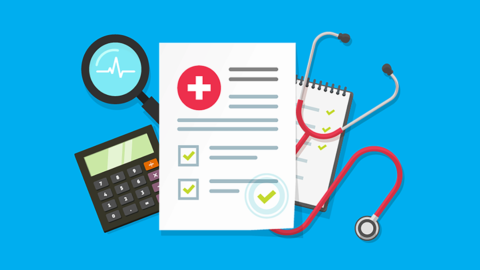Price Transparency Offers Opportunity to Employers and Purchasers

What is hospital price transparency?
A landmark federal rule requires the nation’s 6,000 hospitals to make pricing data available publicly. This requirement includes plan-specific negotiated prices, not just the “chargemaster” prices, for every item or service.
The rule was supposed to help consumers and purchasers shop more intelligently for health care services. However, due to variable compliance and huge discrepancies in how the data is presented by reporting hospitals, it has been difficult to benchmark or compare data across hospitals.
Why haven’t hospitals complied?
Hospitals that have been slow to comply with the transparency rule have faced a penalty of only $300 per day. This is a very small financial hit to hospitals – large or small.
In early November, the administration finalized a rule to increase to the penalty that takes hospital size into account, raising penalties as high as $2 million a year for large hospitals that fail to make prices public. This increase in penalties will go into effect in January 2022.
What does this mean for employers?
Employers can use this information to drive value-based purchasing.
Employer Opportunities:
- As data becomes more complete over time, price information can be used to structure requirements in the procurement process and negotiate better contracts.
- Better price information will give employers and other health care purchasers more insight into how their contracted hospitals compare on price with other hospitals, both overall and on an item-specific basis.
- The availability of specific price information allows for better consumer decision support tools, more member engagement and better member education.
Health Plan Opportunities:
- Health plans will be able to use the data to negotiate better contracts with providers.
- Price data can also be used in conjunction with quality and patient safety ratings to design benefits that support the use of high-performing, lower-cost providers.
- Networks can be designed based on value, and variation that does exist will be easier to identify.
Bottom Line: Price transparency means health care purchasers have access to more information to determine value and improve affordability for their employees and members.



